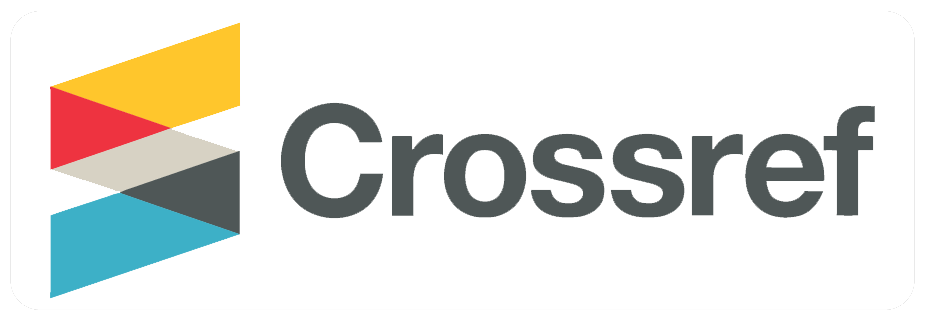Analisa Kuantitas Dan Kualitas Air Sumur Bor Di Desa Tihang Kecamatan Lengkiti Kabupaten Ogan Komering Ulu
DOI:
https://doi.org/10.36982/jtg.v9i2.1307Abstract
This research discusses the quantity and quality of clean water that has been used by the community in Tihang Village,
Lengkiti District, Ogan Komering Ulu Regency. In the daily process, the local community uses a lot of drilled well
water to facilitate their daily activities. There are 7 Drilled Well points in Tihang Village, but only 3 Drilled Well points
are active. Tihang Village has a population of 1663 people (2016 statistical data center). Therefore, Tihang Village is
included in the rural category with water consumption of 50 liters / person / day. The borehole water distribution
system is carried out by flowing the air from the well using the intake pump to the booster, the distribution pump
discharge is determined based on fluctuations in water use in one day schedule. It turns out that after conducting a
simple water test that has reached the community, the pH of the water passes into the requirements stipulated under
Permenkes No. 32 of 2017 concerning Environmental Health Quality Standards and Water Health Requirements. The
quality of water from these three sources is quite good because the water test results simply show that the water is
odorless. And from the results of laboratory test analysis, both Physical and Chemical, the clarity is sufficient because
the differences are not too far away. The highest pH was 7.40 in Hamlet V, while the pH of the three hamlets was only
1% different. However, the results of water from Dusun III, IV and V are good enough to be used as raw material for
drinking water because the pH is neutral and non-toxic. After a simple test of water pH in Tihang Village, namely
vilage III, IV and V passed the applicable requirements
Keywords: Quantity, Quality, Drilled Well Water.
References
Adji, T., N., 2006., Kondisi Darah Tangkapan Sungai Bawah Tanah Karst Gunungsewu dan Kemungkinan Dampak Lingkungannya terhadap Sumberdaya Air (Hidrologis) karena Aktivitas Manusia, Seminar UGK-BP DAS SOP, Fakultas Geografi UGM.
Anonimus. 2013. Peraturan Daerah Provinsi Kalimantan Timur no. 02 tahun 2011 tentang Pengelolaan Kualitas Air dan Pengendalian Pencemaran Air.
Brinkman, R., Garren, S., J., 2011. Karst and Sustainability. Karst Management. DOI: 10.1007/978-94-007-1207-2_16 dalam Budiyanto, E. 2013. Peran Penting Kawasan Karst, makalah, UGM.
Chiras, D. And J.P. Reganold. 2005. Natural Resource Conservation, dalam Wiryono (peny.). 2013. Pengantar Ilmu Lingkungan. Pertelon Media. Bengkulu.
Dendang, V. 2013. Identifikasi Potensi Ekowisata Desa Karangan Hilir Kecamatan Karangan Kabupaten Kutai Timur. Skripsi Program Studi Kehutanan, STIPER, Sangatta.
Gunn, J., 1981, Hydrological Processes in Karst Depression, Z. Geomorph. N.F, (25)3,313-331 dalam Haryono, E. 2001. Makalah Seminar Nasional Teknik Sipil. UGM, Yogyakarta.
Moegijantoro, 1996. Kajian Mintakat Epikarst Gunungkidul untuk Penyediaan Air Bersih, Laporan PHB VIll, LIT -UGM, Yogyakarta.
Hill, M.K. 2010 Understanding Environmental Pollution dalam Wiryono (peny.). 2013. Pengantar Ilmu Lingkungan. Pertelon Media. Bengkulu.
Herlambang, Arie. 2006. Pencemaran Air dan Strategi Penangulangannya, JAI vol.2 nomor 1. Peneliti Pusat Teknologi Lingkungan, BPPT.
Sutrisno, Totok. C 2006, Teknologi Penyediaan air bersih, PT Rineka Cipta Jakarta
Tri Atmojo, Bambang ( 2006) Hidro Terapan, Beta Ofset Yogyakarta Kodotie, J. Robert dan Sjarief Roestam, (2008) Pengelolaan Sumber daya Air Terpadu, ANDI Yogyakatra









